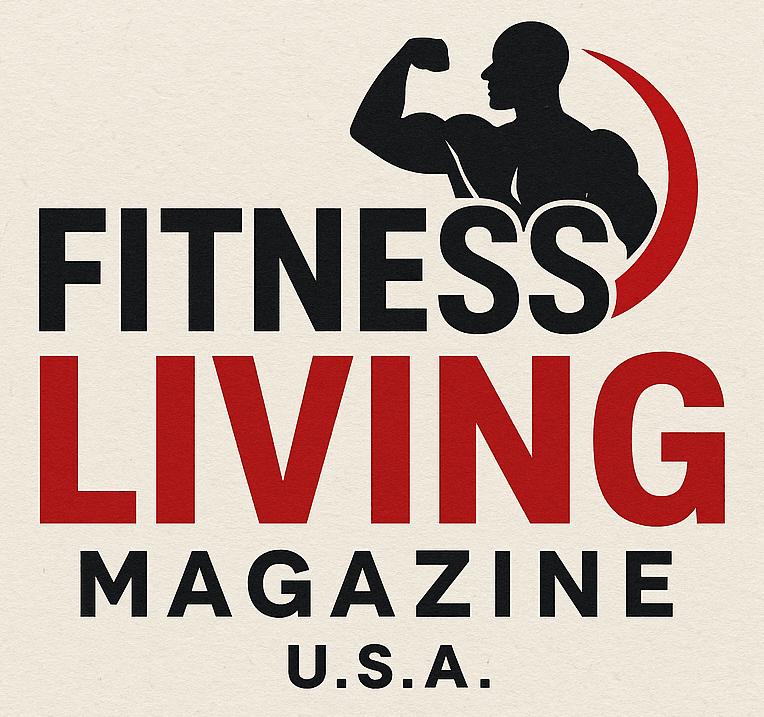
Are You Burning More Calories at Work Than in the Gym?
The hustle and bustle of a workday might make you think twice about whether it's enough to torch calories, especially when weighed against a gym workout. Many people assume that a structured exercise session must outperform their regular work activities in calorie-burning potential. However, recent insights suggest that simply being active throughout your workday can incur considerable caloric burn.
Understanding Caloric Burn: Duration vs. Intensity
Caloric expenditure differs significantly between intense workouts and regular workday movement. While dedicated exercise is vital, daily activities can surprisingly stack up in terms of calories burned.
Take, for instance, office activities that often go unnoticed. Tasks such as typing, talking on the phone, or even standing up can add considerable calorie consumption. Type at your desk and you may burn over 700 calories in a workday—a figure that might rival a casual workout!
Caloric Comparison: Work Activities vs. Gym Workouts
To put things into perspective, let’s examine how common activities compare in terms of calories burnt. An average person burns about 259 calories per hour simply walking, while a session of light yoga burns around 171 calories per hour. Even daily driving can burn about 171 calories, while some moderate workouts, like rowing, can expend as much as 327 calories. The takeaway? Daily activities don’t just contribute to calorie burn; they often match or exceed some lighter workouts.
The Role of Occupational Activity
Most Americans work sedentary jobs, but a systematized approach to integrating more movement can significantly impact caloric expenditure. For instance, those in active professions, such as personal trainers or police officers, might burn upwards of 1,400 calories during their shift. Meanwhile, desk workers can burn approximately 820 calories in an 8-hour workday if they make the effort to stay engaged with their environment.
Enhancing Your Daily Activity
So how can motions at work be optimized for better health? Engaging in brief walking sessions, using stand-up desks, or even integrating short exercises throughout the day can significantly enhance calorie burn. Research indicates that interrupting prolonged sitting with standing or moving every 20-30 minutes can be incredibly beneficial.
Making Informed Choices for Healthy Living
While a vigorous gym session may provide structured exercise benefits, immediate and consistent physical activity during work can complement workouts in a meaningful way. It’s essential to see work activity not merely as an alternative to exercise but as an integral part of a holistic fitness strategy.
In conclusion, whether you’re a gym owner or a fitness trainer, understanding and adjusting how we integrate movement throughout our workdays is pivotal. Advocate for physical activity among clients, and help them recognize that every calorie burnt counts – whether through rigorous gym training or a busy workday.
Take Action for Your Health
Encouraging your clients or employees to remain active and aware of their calorie-burning potential can propel them toward their fitness goals even outside the gym. After all, fitness doesn’t end upon leaving the gym—but continues in every aspect of life!
 Add Row
Add Row  Add
Add 



Write A Comment